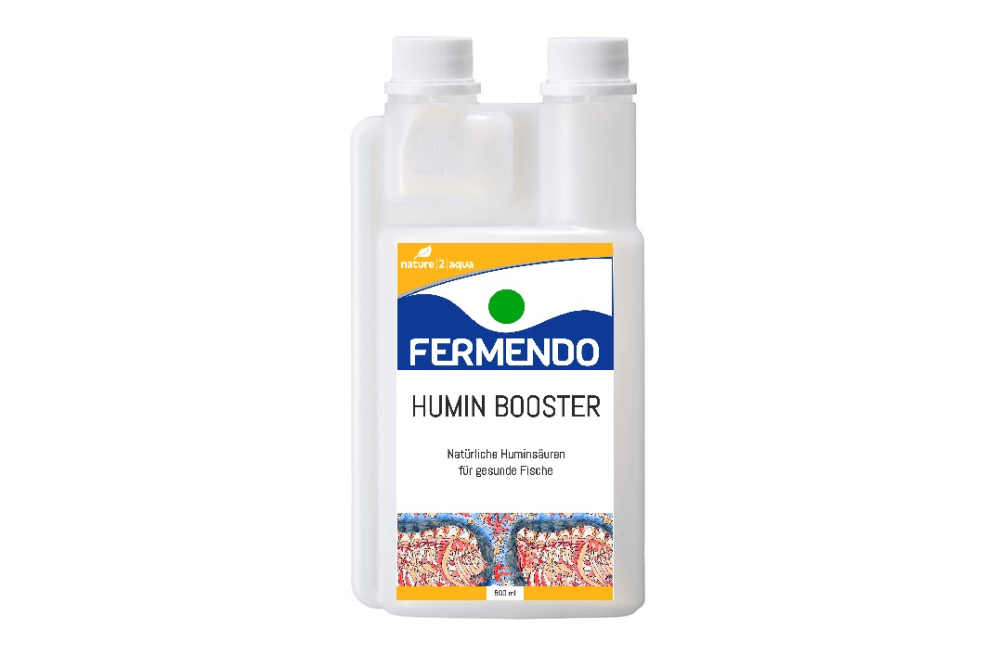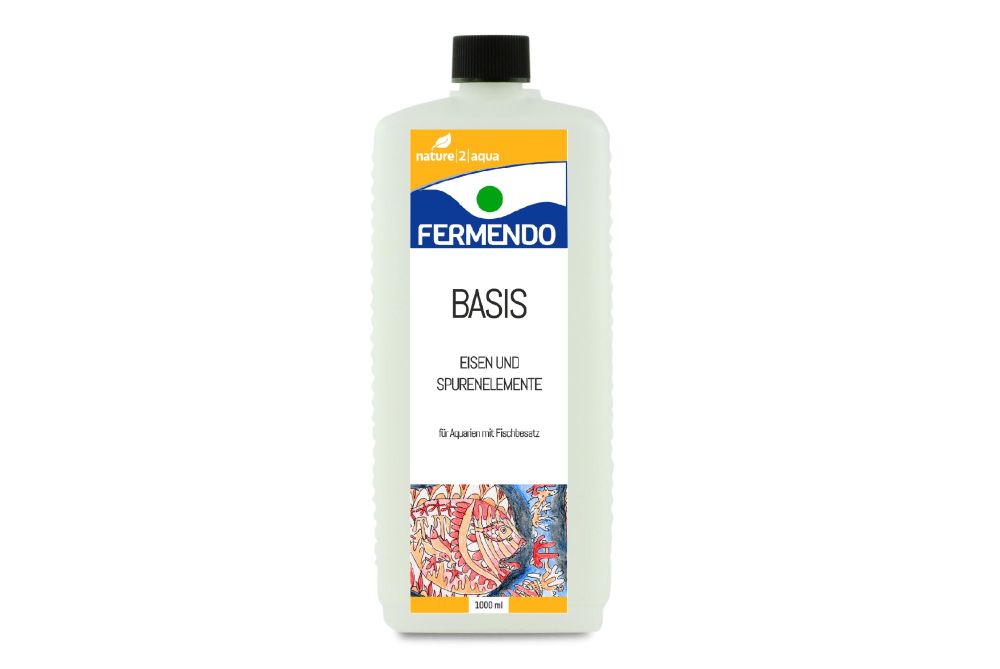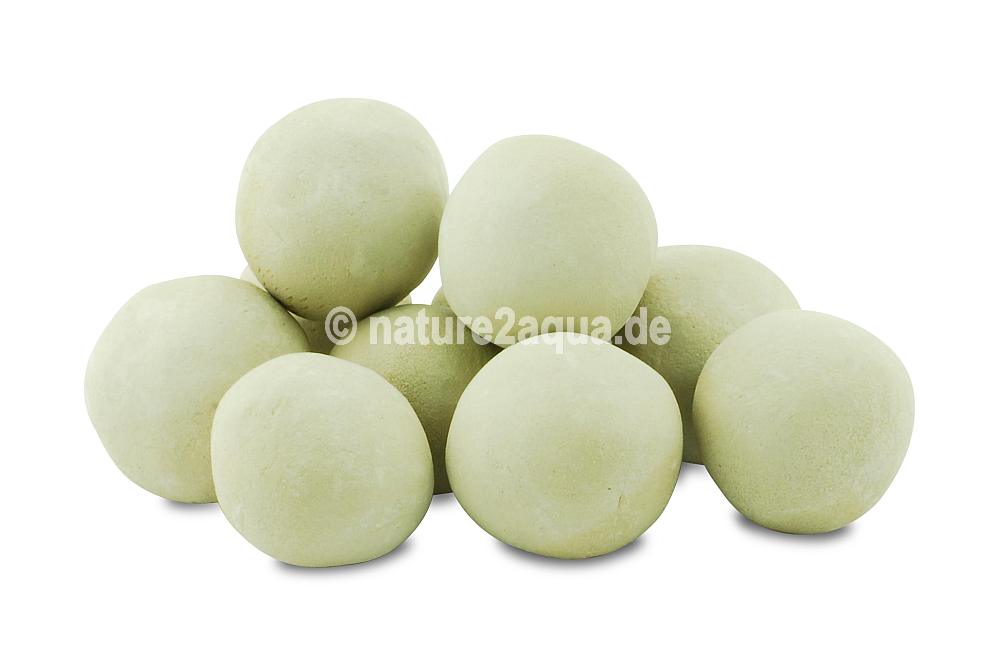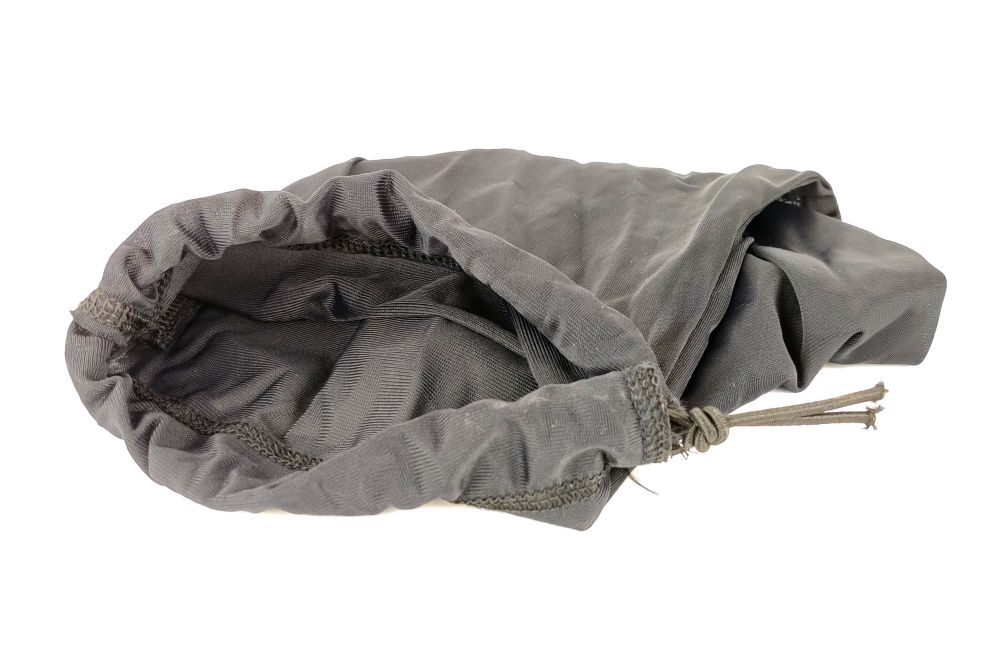Description
Fermendo HUMIN Booster – Humic substances in the aquarium
Humic substances in aquariums have a variety of direct and indirect effects that stabilize complex aquatic ecosystems such as our aquariums. In addition to increasing buffer capacity while binding potentially harmful substances, humic substances are thought to have antibacterial and fungicidal effects. Thus humic substances support the well-being, the healing process after e.g. an injury and the immune system of our aquarium keepers. Overall, they reduce many often problematic characteristics in our aquariums by helping to reduce stress in our fish and shrimp. But they also benefit our aquarium plants by making essential nutrients more available for growth. In short, humic substances stabilize the aquarium ecosystem on all levels.
What are humic substances?
During the decomposition of plant and animal organisms by microorganisms, so-called humic substances are formed as a result of biological activity. Within the humic substances, humic acids form a large and diverse group of high-molecular chemical compounds. In the soil and in the waters, these take on the special task of absorbing (binding) toxic substances such as heavy metals and lipophilic substances and “taking them out of circulation”, so to speak, in poorly soluble complexes. They are therefore considered an ideal medium, e.g. in wastewater treatment, for binding a number of water contaminants and reducing their toxic effect. Today, these humic substances are mainly obtained from lignite.
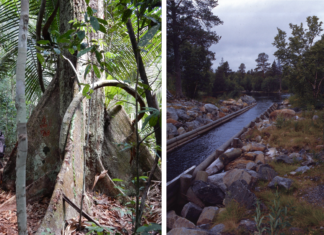
Humic substances in water
Humic substances are present in practically all our waters, sometimes in low and barely measurable concentrations, but sometimes in very high concentrations. If water bodies are located especially in densely wooded areas or near moors, the brown coloration of the water, i.e. the humic substances, can be seen with the naked eye. Humic acids are very weak acids, but they have an increased buffering capacity and thus stabilize the pH value in the slightly acidic range. Humic substances also promote the growth and nutrient uptake of aquatic plants by acting as a natural chelator to increase the availability of important nutrient elements such as iron and copper in aquatic systems.
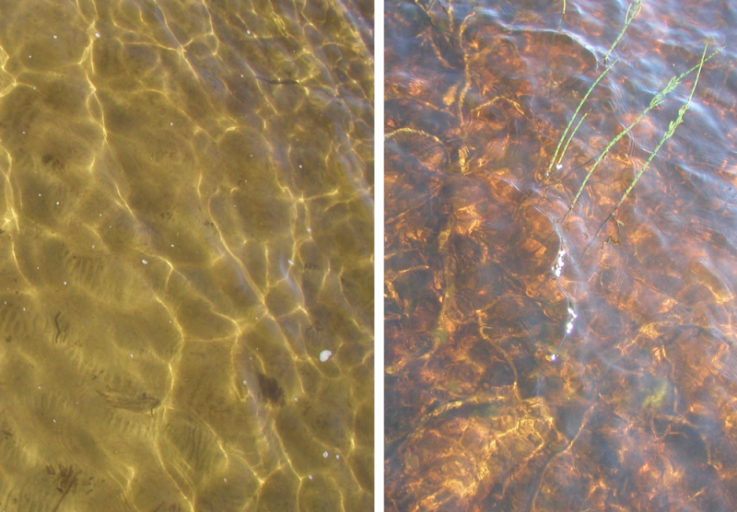
Here is one of our own tanks:
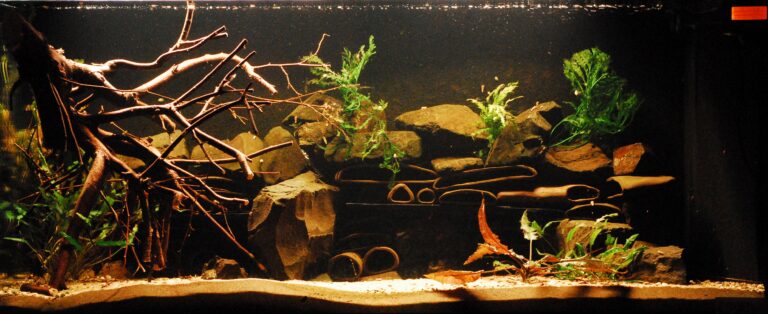
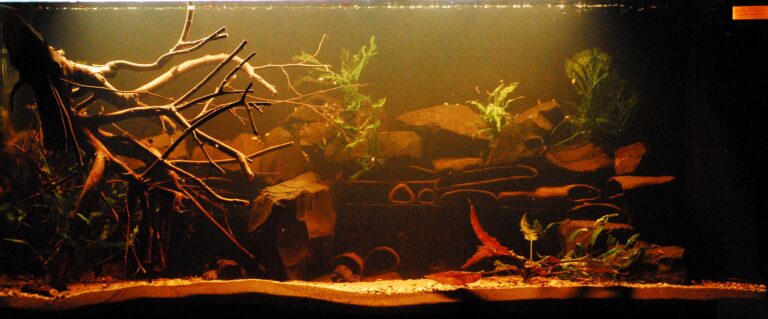
after the addition of Humin Booster
A dosage of 5 ml/100 l water is recommended for new set-up and new stocking.
Subsequent dosing with 3 ml/100 l water.
The degree of discoloration of the water can be used as an indicator of the effect and thus the need for re-dosing.
The Humin Booster is supplied in the practical dosing bottle. The upper dosing chamber is filled by pressing on the lower body of the bottle and has graduation marks in 5 ml increments up to 25 ml. The amount of liquid measured in this way can then be conveniently emptied, the remaining container is reliably closed by the second screw cap.

